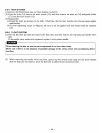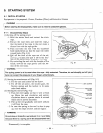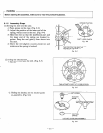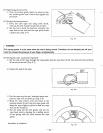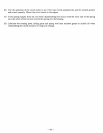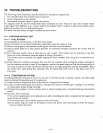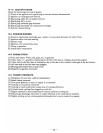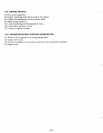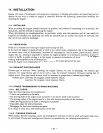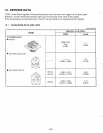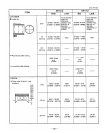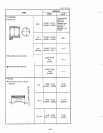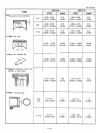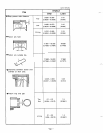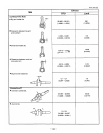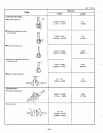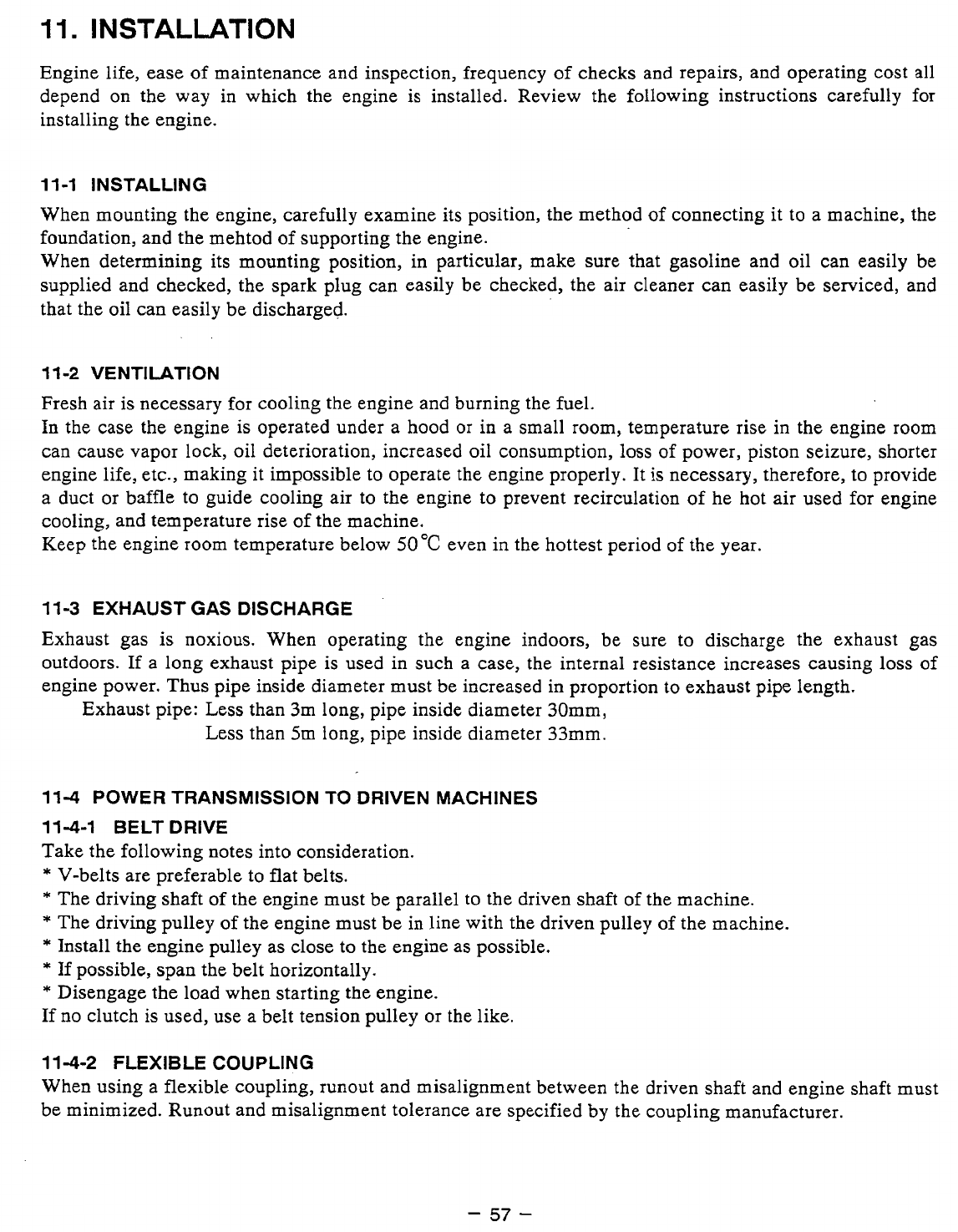
11.
INSTALLATION
Engine life, ease
of
maintenance and inspection, frequency of checks and repairs, and operating
cost
all
I)
depend on the way in which the engine
is
installed. Review the following instructions carefully for
installing the engine.
11-1 INSTALLING
When mounting the engine, carefully examine
its
position, the method
of
connecting
it
to
a
machine, the
foundation, and the mehtod of supporting the engine.
When determining its mounting position, in particular, make sure that gasoline and oil can easily be
supplied and checked, the spark plug can easily be checked, the air cleaner can easily be serviced, and
that the
oil
can easily be discharged.
11
-2
VENTILATION
Fresh air
is
necessary for cooling the engine and burning the fuel.
In the case the engine
is
operated under a hood or in a small room, temperature rise in the engine room
can cause vapor lock, oil deterioration, increased
oil
consumption, loss of power, piston seizure, shorter
engine life, etc., making it impossible to operate the engine properly. It is necessary, therefore, to provide
a duct or baffle
to
guide cooling air to the engine to prevent recirculation
of
he hot air used for engine
cooling, and temperature rise of the machine.
Keep the engine room temperature below
50°C
even in the hottest period
of
the year.
11-3 EXHAUST GAS DISCHARGE
Exhaust gas
is
noxious. When operating the engine indoors, be sure to discharge the exhaust gas
outdoors.
If
a long exhaust pipe is used in such a case, the internal resistance increases causing
loss
of
engine power. Thus pipe inside diameter must be increased in proportion to exhaust pipe length.
Exhaust pipe: Less than 3m long, pipe inside diameter 30mm,
Less than 5m
long,
pipe inside diameter 33mm.
11-4 POWER TRANSMISSION
TO
DRIVEN MACHINES
11 -4-1 BELT
DRIVE
Take the following notes into consideration.
*
V-belts are preferable to flat belts.
*
The driving shaft of the engine must be parallel to the driven shaft
of
the machine.
*
The driving pulley
of
the engine must be in line with the driven pulley of the machine.
*
Install the engine pulley as close to the engine as possible.
*
If
possible, span the belt horizontally.
*
Disengage the load when starting the engine.
If no clutch is used, use a belt tension pulley or the like.
11-4-2 FLEXIBLE COUPLING
B
When using a flexible coupling, runout and misalignment between the driven shaft and engine shaft must
be minimized. Runout and misalignment tolerance are specified by the coupling manufacturer.
-
57
-



